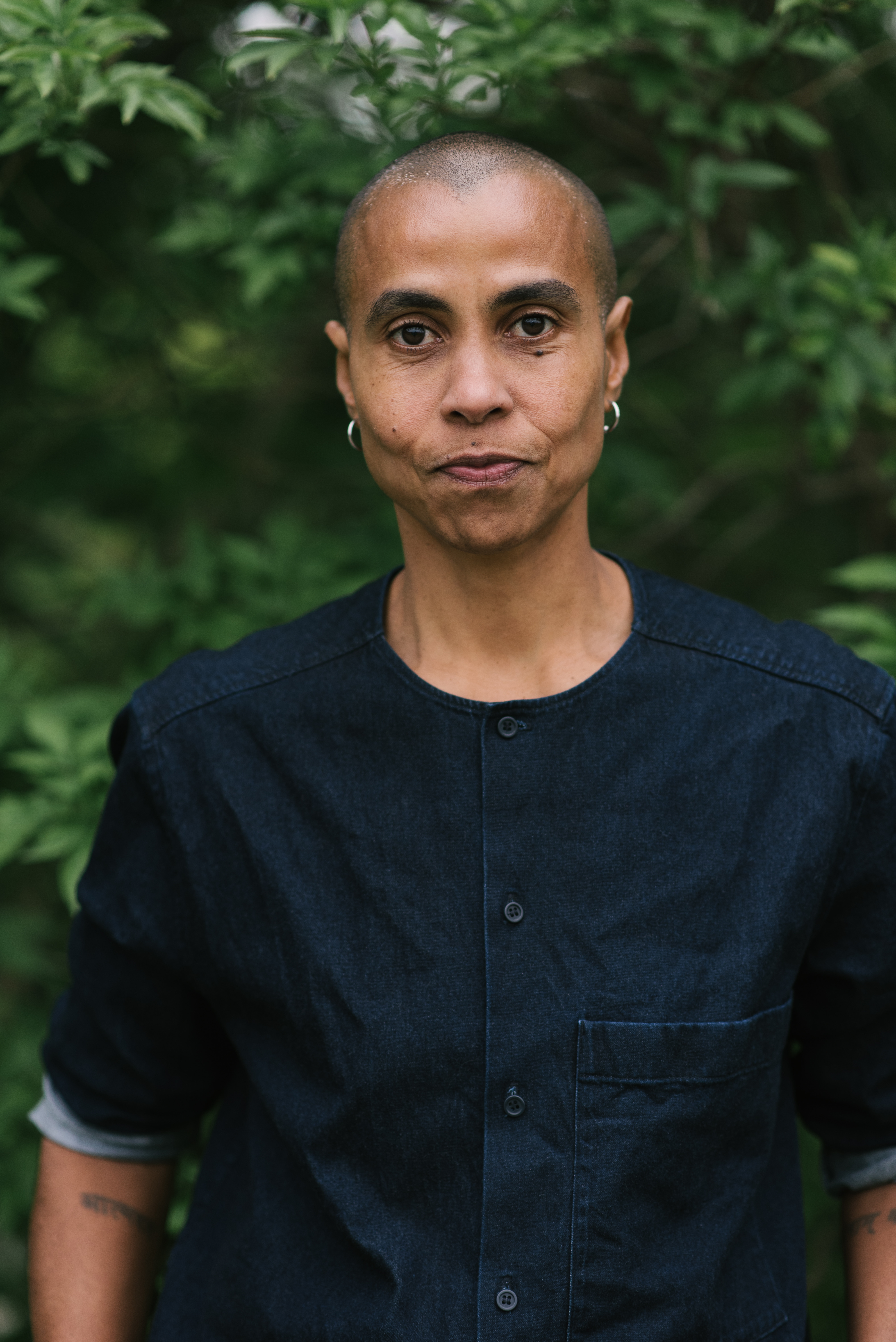Introducing the Inaugural Artist-in-Residence at SDS: Michèle Pearson Clarke
We, at The Bonham Centre for Sexual Diversity Studies at the University of Toronto, are thrilled to announce the commencement of a new program for an artist-in-residence beginning in September. The Centre residency was founded to support an artist whose work centres on LGBTQ2S+ and QTBIPOC lives, communities, histories, and cultures. The residency will culminate in an exhibition of the resident’s work-in-progress.
We are even more thrilled to announce that the inaugural 2020-21 residency has been awarded to Michèle Pearson Clarke. Clarke is a Trinidad-born artist, writer and educator working in photography, film, video and installation. Using archival, performative and process-oriented strategies, her work explores the personal and political possibilities afforded by considering experiences of emotions related to longing and loss. Her work has been included in exhibitions and screenings at Le Musée des beaux-arts de Montréal; the Art Gallery of Nova Scotia; the Royal Ontario Museum; LagosPhoto Festival; Museum of Contemporary Art Chicago; Maryland Institute College of Art; ltd los angeles; and Ryerson Image Centre and Gallery 44 Centre for Contemporary Art, Toronto. Based in Toronto, she holds an MSW from the University of Toronto, and she received her MFA from Ryerson University in 2015, when she was awarded both the Ryerson University Board of Governors Leadership Award and Medal and the Ryerson Gold Medal for the Faculty of Communication + Design. She is currently a sessional lecturer in the Documentary Media Studies program at Ryerson University, and the Photo Laureate for the City of Toronto (2019-2022).
Our Events and Communications Assistant, Victoria Liao, had the opportunity to speak with Michèle about the residency.
1. Congratulations on being the inaugural Artist-in-Residence with SDS! What aspect of the residency are you most excited about?
Thank you so much! It is such an honour, and also a responsibility that I take very seriously. Because this will be the inaugural year of the residency, not only will I get to contribute to all the SDS things, I’ll also get to help shape what the residency will look like both now and in the future. So, first off, I’m excited to be a part of this academic community, and to be able to work alongside and in conversation with students and scholars who care about sexuality studies as much as I do. Although much of the residency will be online, I’m really looking forward to being as available as possible to engage with everyone through office hours and guest lectures, and whatever else we can come up with. And I’m also really excited to be given the opportunity and support to extend my practice into curation. I’ve intentionally built a broad artistic practice that includes writing, teaching, mentorship and public speaking, and during my residency I plan to attempt exhibition curation for the first time. I’ll be spending the year researching queer and feminist curatorial strategies and working to produce an exhibition of contemporary Canadian LGBTQ2S+ photography. This really fits with both the collectivity of my practice, as well as the focus of my advocacy work as the current Photo Laureate for the City of Toronto.
2. What role do you think art plays in how we think about sexual diversity?
The same role it plays in how we think about anything, really. Toni Cade Bambara put it best when she said: “The role of the artist is to make the revolution irresistible.” Whether that is a fundamental and necessary change in the way we think about something or the way we feel about something or the way we behave in response to something, art should play a role in making that change seem so completely seductive and inevitable, that we cannot help but make that shift. And when it comes to sexual diversity, I think that role is essential both within and without our communities. We who feel differently also need to think differently about each other, and art can be a part of how we get there.
3. We’re living through what seem to be dire, yet revolutionary times. How does it feel to be an artist right now?
I think it feels a lot like it feels for everyone else as well. There’s grief, there’s anger, there’s fear, there’s exhaustion, there’s anxiety. And as a Black person, there’s also joy and wariness and optimism and eyerolls in equal measure! But to be an artist right now, is also to have an outlet and strategies to process meaning from the surreality and trauma that is life in 2020. The value of that cannot be minimized and I’m extremely grateful for it.
Photo Credit: Jessica Laforet


